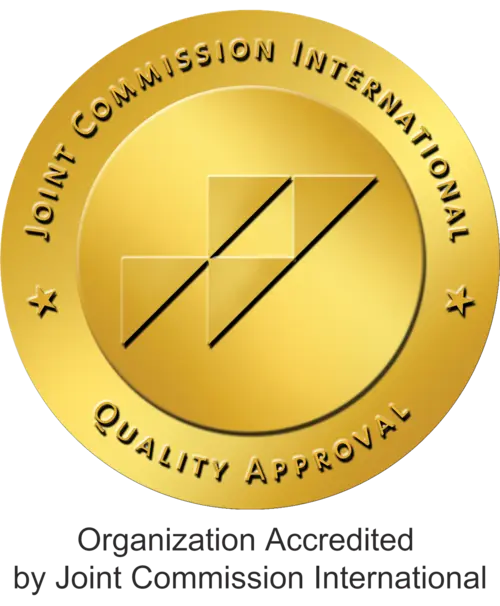Down Syndrome Treatment
Down Syndrome Treatment
Scientific studies are ongoing for the treatment of Down syndrome. Treatment of Down syndrome should be supported by special training and programs.
Many studies on the treatment of Down syndrome are ongoing. Down syndrome occurs as a result of a genetic difference in the presence of one more chromosome in the 21st chromosome pair in man. Functional and structural changes in the body are observed. These people may be characterized by a lack of mental comprehension, unique facial appearance, and learning disability.
Cells in humans are made up of genes. The physical properties and personality structure of the human being in the genes. Genes are interconnected by chromosomes. Chromosomes are clustered in pairs, with 23 pairs of chromosomes. So there should be a total of 46 chromosomes. This number is 47 in people with Down syndrome. As it can be understood from here, there is a situation consisting of only genetic difference rather than disease. This is found once in 800-1000 births. The age of the mother is one of the biggest factors. It is a condition that can be defined during pregnancy or at birth. Children may have mild or moderate mental retardation.
Ergotherapy in the Treatment of Down Syndrome
In the treatment of Down syndrome, ergotherapy activities that approach as holistic in physical, social, and psychological situations create a wide spectrum assessment and therapy plan that also plans the future life of the individual. Ergotherapy activities aiming at the maximum degree of independence create a therapy plan that can adapt to the work potential that can be found, developed, and adapted in the treatment of down syndrome, including individuals, with the best skills. It establishes a broad therapy plan in the treatment of Down syndrome, in communication with family and individual caregivers.
In the treatment of Down syndrome, it is recommended to be directed to a specialist ergo therapist and to establish a controlled development plan in order to establish an order that is open to development with early therapy.
The family's ergotherapy activities and their orientation will provide more positive and meaningful results for the individual because of high efficiency in the holistic conduct of the therapy process with the family.
In the treatment of Down syndrome, ergo therapists work with people with Down syndrome to help them develop independence skills through self-care, such as nutrition and dressing, good and heavy motor skills, school performance, and play and leisure activities.
Research, education, and protection led to advances in Treatment and had a major impact on opportunities for individuals with Down syndrome to take advantage of. Life expectancy has increased dramatically in recent years (from 25 years in 1983 to 60 years old), and people with Down syndrome were at high school, going to college, enlivening their community by participating in social and recreational activities, living independently and defending their rights.
ergotherapy practitioners help individuals and families with Down syndrome achieve their life potential. The treatment of Down syndrome should be started as soon as the diagnosis of Down syndrome is diagnosed and continued throughout the life of the individual.
Ergotherapy in the treatment of Down syndrome, occupational therapy practitioners can help mothers who have problems feeding their children due to weak muscles of their cheeks, tongue, and lips. In early childhood, therapy can focus on mastering motor skills for independence by focusing on low muscle tone, loose ligaments, and visual and auditory deficits (Bruni, 2001).
"A therapist can help parents set expectations that match the child's ability," says Asha Asher, head of the AOTA Developmental Disability Special Interest Section (DDSIS). "The [ergotherapist] can suggest positioning or adaptations that can help the child become more independent."
In the treatment of Down syndrome, school-age children with down syndrome benefit from the ability of ergo therapists to perform self-care skills, such as a jacket compression, and precise and gross motor skills such as scissors cutting or completing multi-stage classroom routines to facilitate participation in school activities.
ergo therapists can help the class by increasing the child's communication skills with pressure, handwriting, and keyboard. Other problems addressed are adaptations to the class (such as the position of the tables and chairs) for optimum performance based on the child's physical abilities (Bruni, 2001).
In the treatment of Down syndrome, adults with down syndrome benefit from occupational therapy in finding and maintaining productive studies, learning independent life skills, and participating in active recreation for health care.




